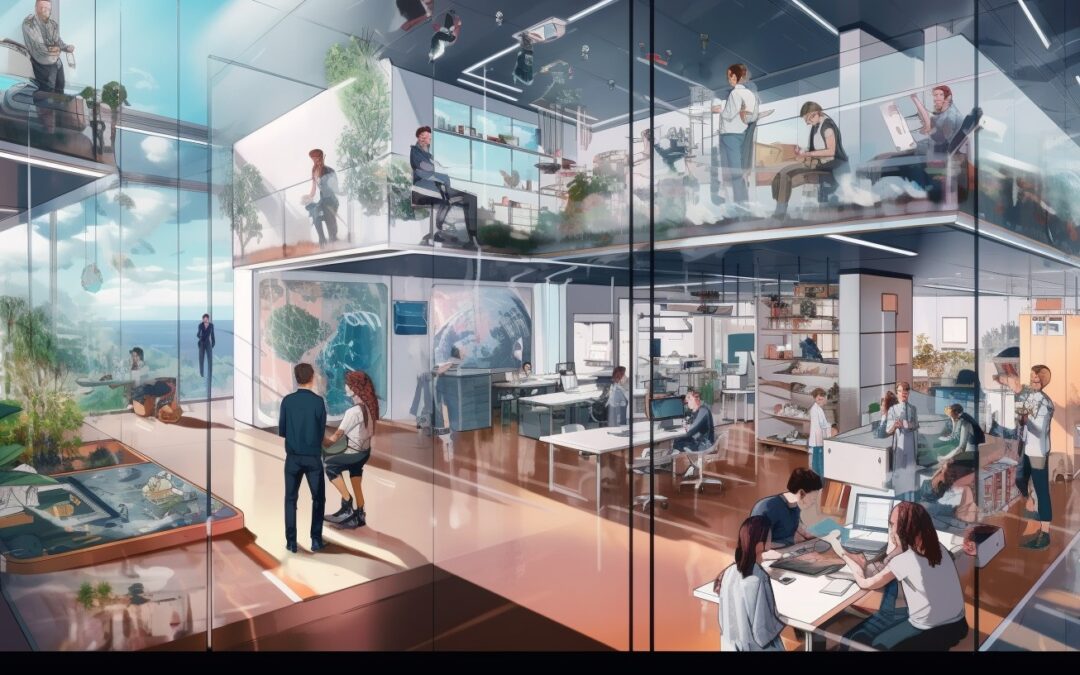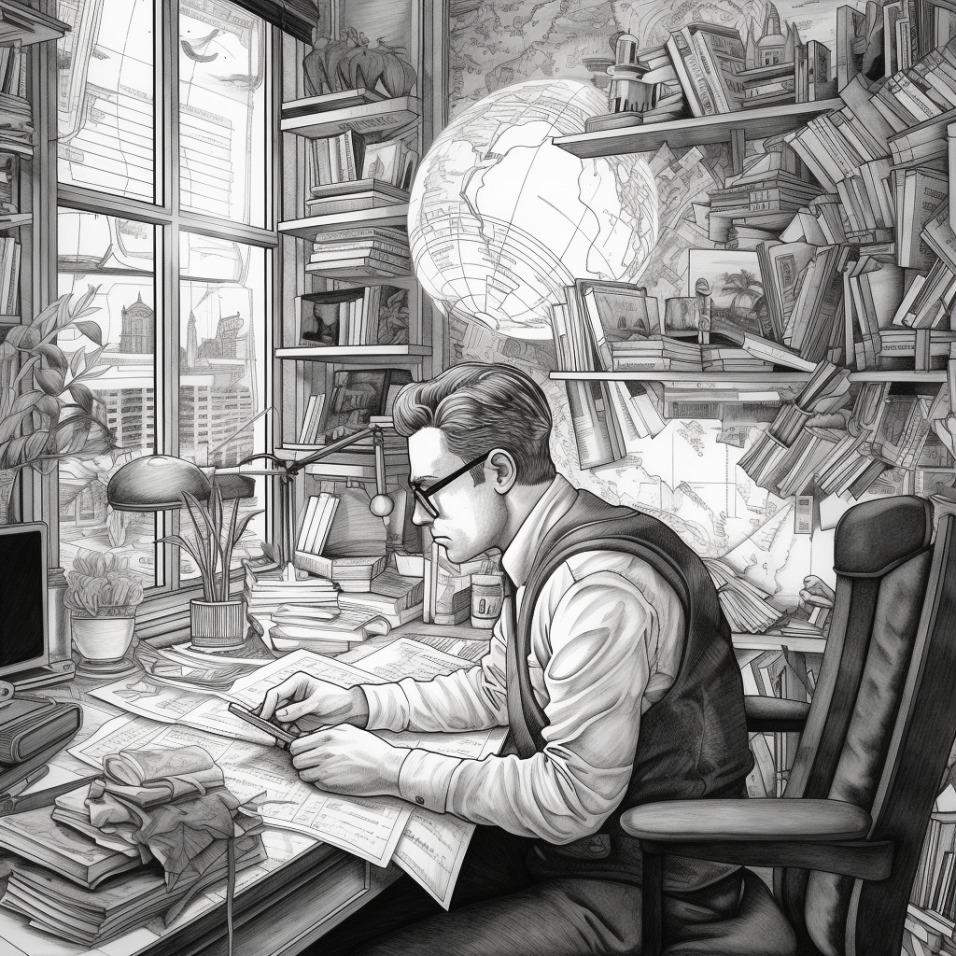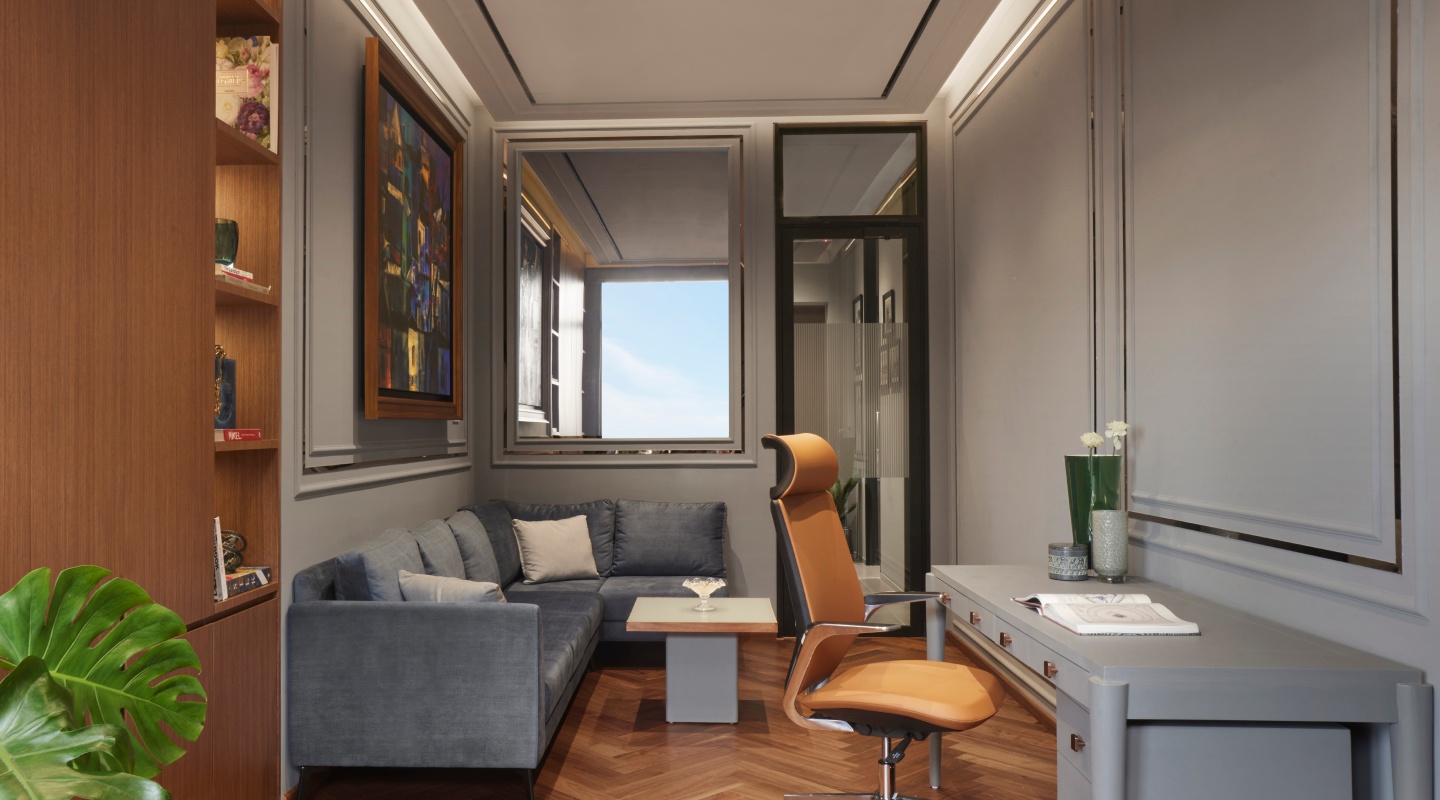FEATURED

The field of workspace design is rapidly evolving, with the pace of change increasing at an exponential rate. This means that traditional research methods are becoming less and less relevant in shaping the future of workspaces. As designers, it is crucial that we adapt our approach to keep up with this change.

One of the biggest challenges we face in the field of workspace design is to break away from traditional research methods and start thinking afresh about the possibilities we have never seen or implemented before. This means embracing new design inputs and new ways of thinking about the workspace. For example, workspaces used to be designed around a single function, such as an office or a factory. Today, however, workspaces need to be multi-functional, accommodating a range of activities from work to leisure and everything in between.
To create truly innovative solutions that will shape the future of workspaces, it is important to collaborate with like-minded practitioners from a range of fields, including behavioural scientists, data scientists, AI and machine learning experts, and other specialists. By bringing together a diversity of perspectives, we can create truly transformative designs that enhance the Lives of those who use them.
Behavioural scientists can help us understand how people interact with spaces and how we can create environments that promote well-being, productivity, and creativity. Data scientists can help us analyse vast amounts of data to better understand the usage patterns of workspaces and how we can optimise them for maximum efficiency. AI and machine learning experts can help us develop smart and intuitive solutions that respond to the changing needs of Clients in real-time.
We are committed to staying at the forefront of change and innovation. Our team is made up of motivated and inspired individuals who are driven by a passion for design and a commitment to delivering the best possible results for our Clients. Our approach to design is characterised by simplicity, distinct lines, forms, and scalability, and we are constantly exploring new ways to bring these elements into our designs.
In conclusion, the future of workspaces is going to be shaped by a combination of creativity, collaboration, and innovation. To create truly innovative and transformative designs, we need to break away from traditional research methods and embrace new ways of thinking. By collaborating with experts from a range of fields, we can create designs that not only look beautiful, but also enhance the lives of those who use them.

Transforming a traditional legal workspace into a sleek, modern environment while preserving the Client's vision demands more than just a single day's effort. It's a collaborative process fueled by extensive discussion, creative ideation, and a commitment to flawless execution. We are grateful that recently we got a chance to bring colours to one such space - The MZM Legal Office.